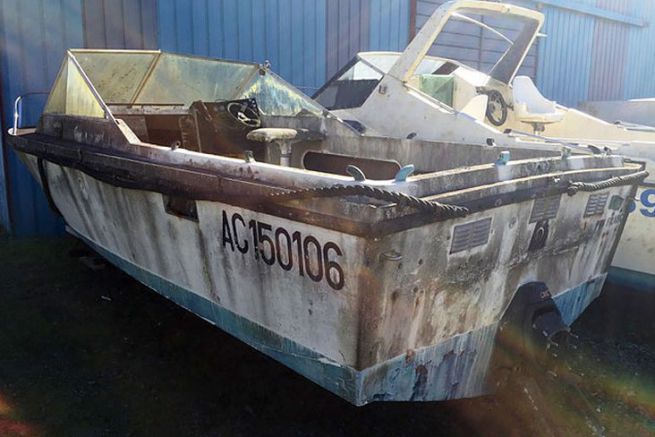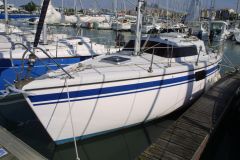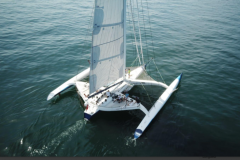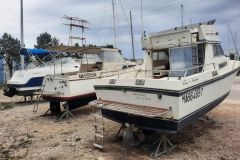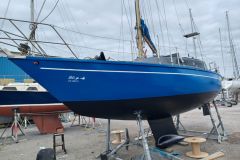While price may be the main interest in buying a used motor boat, there are also many disadvantages to be recognized. Sometimes, a new boat is cheaper than a used boat after it has been refurbished...
Here are 10 points to think about before buying a used motor boat...
1 - No guarantee
Most used boats have no warranty, whether for the hull, engine or equipment.
2 - Withered gelcoat
Unless the gel coat has been carefully maintained with regular cleaning and polishing (several times a year), the shine of an old gel coat is difficult to recover.
3 - State of the unknown motor(s)
Engine manufacturers have made great progress in recent years in developing increasingly reliable engines for both outboard and inboard engines. The use of injection has a lot to do with this reliability. But this is not the case with the old engines found on used units.
4 - Outdated style
A used boat may seem great for someone who is not familiar with motor boats, but it is likely that his style is outdated. Like automobiles, most models in production change every 4 to 7 years. As a result, neophytes often buy boats with an old-fashioned style.
5 - A false idea
Many individuals buy boats because of the pride of owning a motor boat: "I own a yacht!" But a second-hand boat for sale also shows that its owner no longer wants it..
6 - Obsolete hull design
Although builders never talk about it, many old boats have obsolete hulls. The reasons vary from one brand to another: some are too old and largely outdated; others are poorly balanced and sail with a lot of pitch. The many motor boats designed today make it possible to create stable and comfortable hulls.
7 - Wood embedded in the structure
Until relatively recently, many builders used wood in hulls, decks, monitors and transoms of fibreglass boats. This served as a framework for the fibreglass. Over time, due to holes drilled in the transom or bolts for exterior supports, the wood absorbs water becoming soft and heavy. Over time and if a good seal is not maintained, the wood rots. Almost all manufacturers now use composite materials to replace this wood.
8 - Primitive electrical wiring
One of the most vulnerable systems of an older motor boat is the electrical wiring. Until the last decade, wire connections were exposed to air and very often corroded. Cables pass through walls, which are often poorly secured and poorly protected against corrosion. Replacing an electrical system on a motorboat is often complex and expensive.
9 - No prevention against osmosis
Years ago, almost all builders used only polyester resin in their laminated shells. But over time and under hydrostatic pressure, the water migrates through the surface and into the laminate that grooves with water. This causes blisters on the surface of the gel coat of the hull. Osmosis is a problem found on very old boats. Today, almost all manufacturers use vinylester resin as external protection to avoid this problem.
10 - Aging of rubber hoses
We have rarely heard of a new boat with a failure on an exhaust pipe or a toilet pipe. But this is a common problem with used boats. A rotten plastic pipe can cause the engine to overheat or create a water leak..

 /
/ 